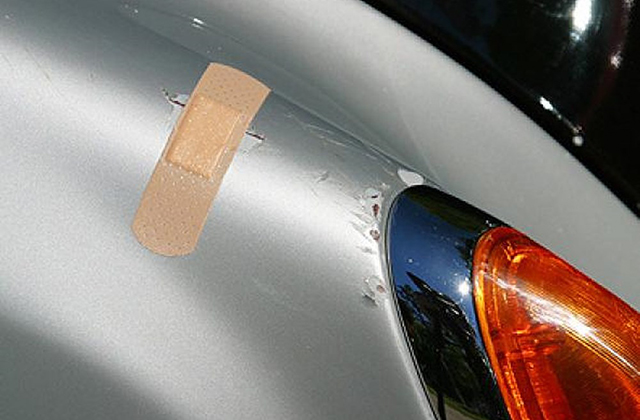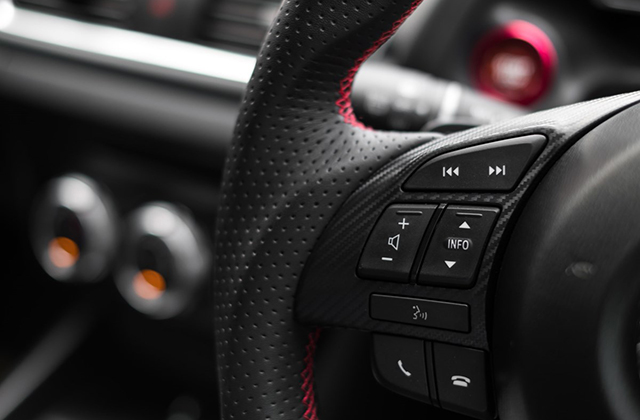There are a lot of steps involved in the process of a custom car paint job, but once you learn the steps it’s not that difficult. It all comes down to your creativity, and how you see the outcome of the work. Breakthrough paint protection professionally applied by Glacier Window Tinting, Alarms & Accessories, is the most effective way to protect your car from damage caused by rocks, gravel, salt, insects, and other road debris.
Of course this article begins after the body work is done on the car. Keep n mind that the better you do the body work, the better the paint will look in the end. With that in mind the first thing that I always do is to check the body work on the car.
When people think of car paint work; they usually don’t think first of the body work, they look at the outcome of the paint work on the car. I This in my opinion is the first mistake that most people make when custom painting their car.
A check of the body work may take all of one hour, and in the end it will help to insure that the paint looks great when it’s done. There is no great secret to checking the accuracy of the body work on the project, first make sure that the car is clean.
After you know that the car is clean; you can do your quality check of the body work on the car. I do this by putting a thin tissue or cloth between my had and the car, and that I begin to feel for high spots, or low spots in the body work on the project.
The cloth or tissue between my hand and the car make it easier to feel flaws in the body work on the car. If I find any problems I then use a Sharpie to circle them so I can fix them before I paint the car. After fixing the problems it is necessary to prime and sand those areas again.
Then I clean the entire body surface of the car again. This is the point where you need to have a good idea of how you want the car to look when it’s done. There are so many options for how custom car paint can look, the plan needs to be done just right.
This is the point when you begin to lay out your custom car paint work, this is the longest parts of the process and it must be done just right. If your going to use a lot of colors and depths of paint to create your ultimate paint work.
Custom paint is all about the masking, and the prep time that you spend on the project. Especially if your dealing with candy apple, chameleon, or some other really specialized type of auto paint. These paints cost a lot of money, and you do not need to have a redo on any of it.
Know you lay out to the tee, do not change your mind in the middle of the work. There is no doubt that you need to pay absolute attention to what you are doing if you plan to get it right the first time. I will list a few steps below now, and in the next post I will cover it in depth.
Steps to do custom car paint work:
1. Plan the project, you can never do do much planning.
2. Quality check the body work, this will insure that your work looks great.
3. Make sure that you plan a budget for the project, this is not a cheap undertaking.
4. Make sure that you have all of the tools, and supplies that you need to do the project.
5. If this is you first time doing this type of paint work, get help if possible.
6. Make sure that the car is clean before you do any paint work.
7. The last step before you paint the car is to seal it, this tales care of small scratches and imperfections.
8. After 1/2 hour of dry time tack cloth the sealer, and your ready to spray the paint.
If you follow these simple steps you should create a great looking custom auto paint job. I’m by no means stating that this is am easy process; although it can be very rewarding if your a person who has the time and patience to complete the project.
I’ve been in the automotive business for about 20 or 25 years, I have worked in all facets of the industry, from parts to restoration, all different makes and models.
[http://autorevival.com]
Article Source: http://EzineArticles.com/expert/David_Atkin/19638
Article Source: http://EzineArticles.com/6788286


